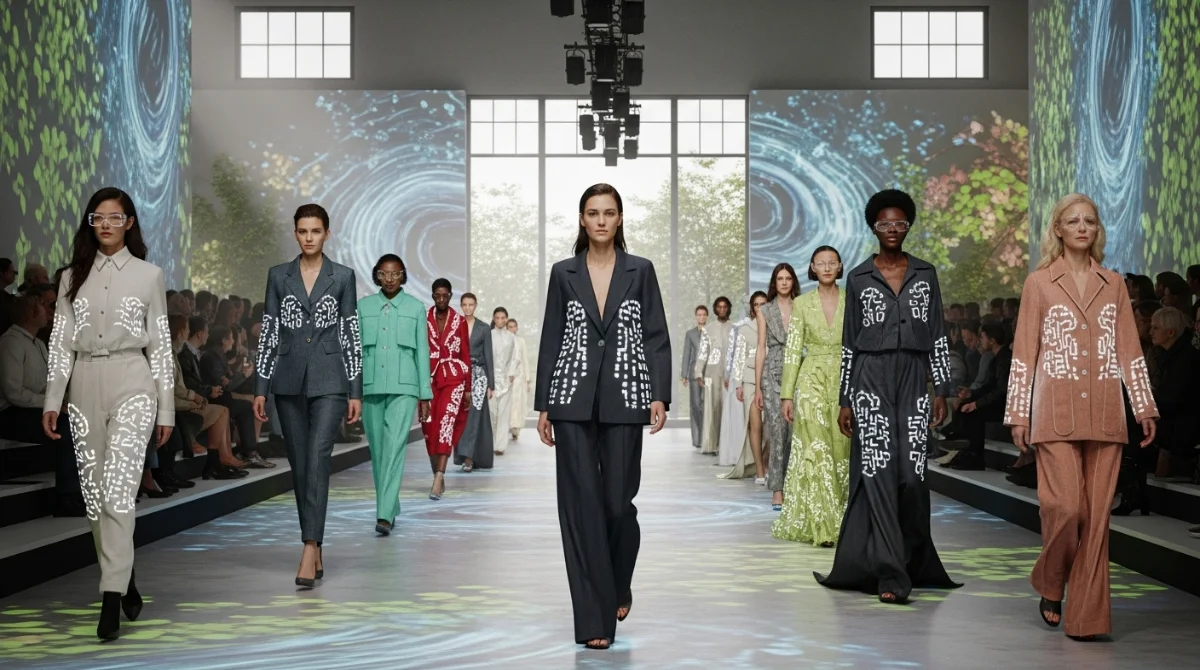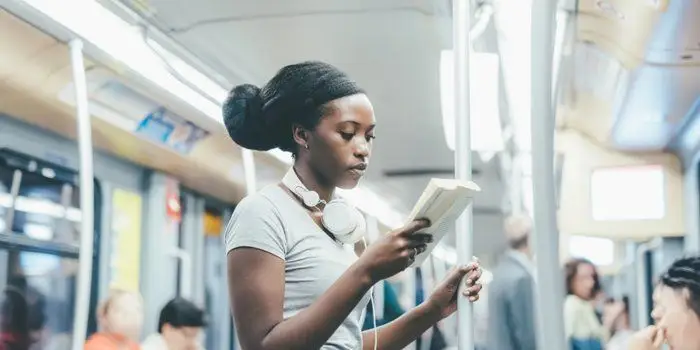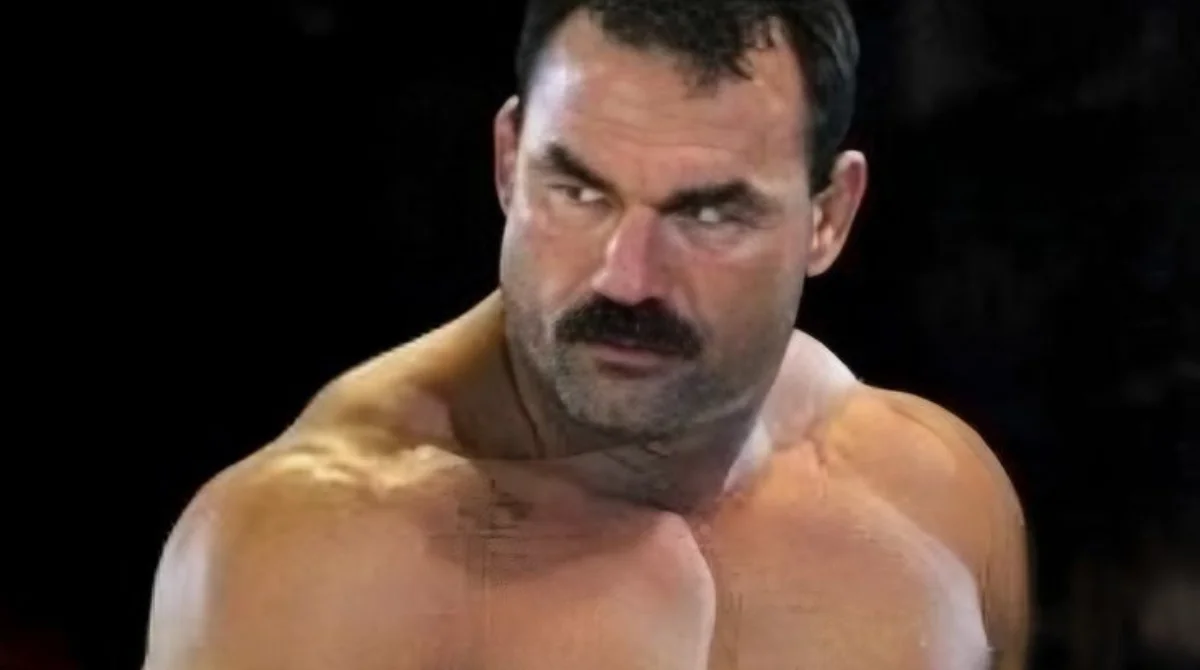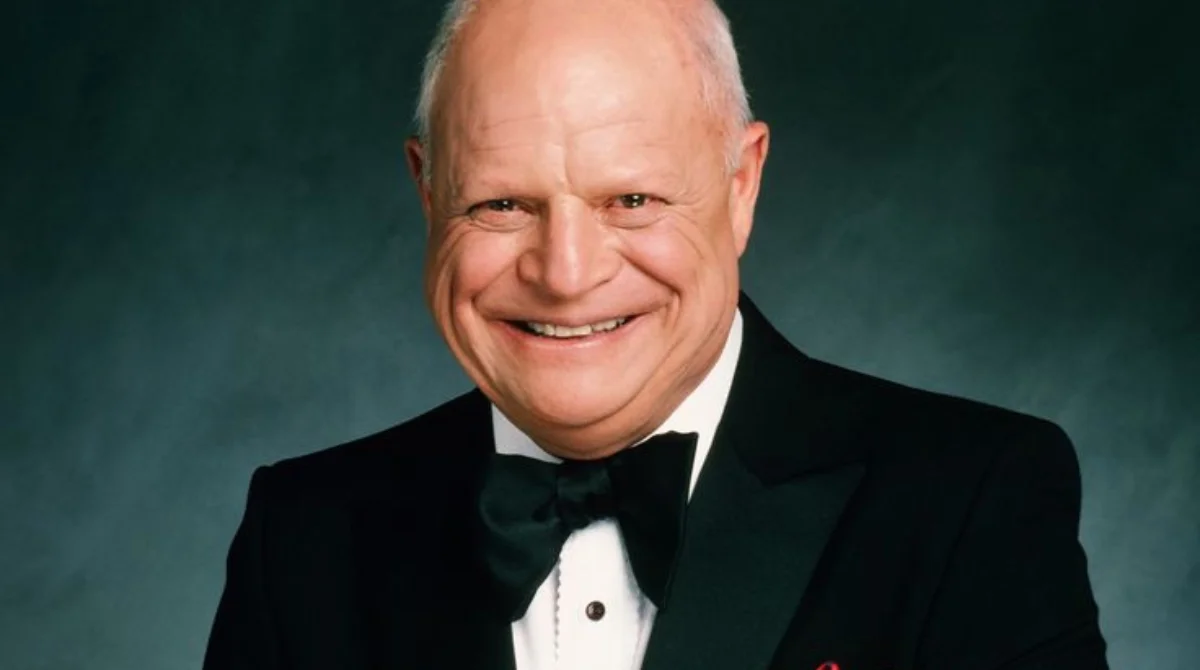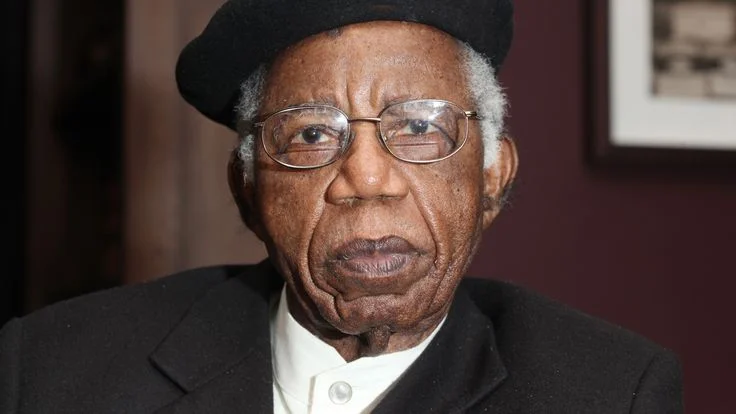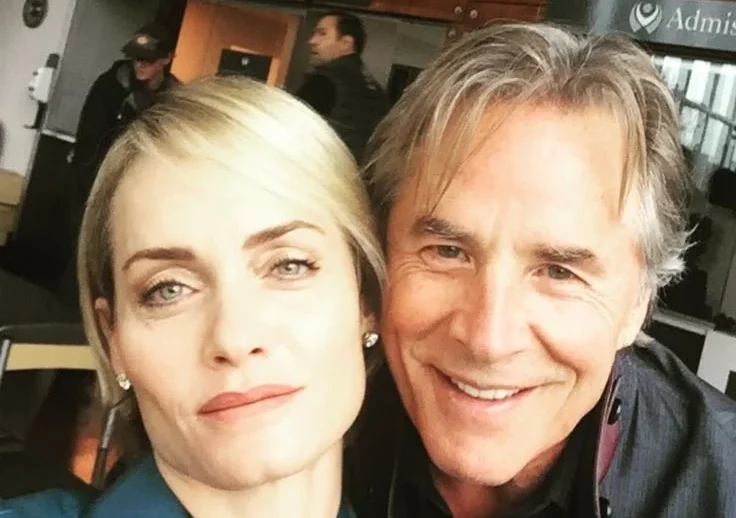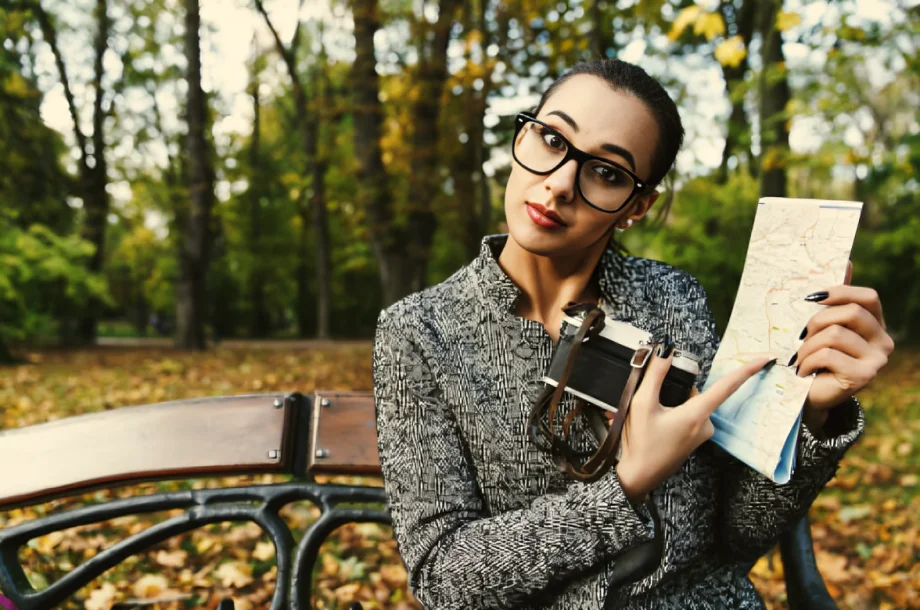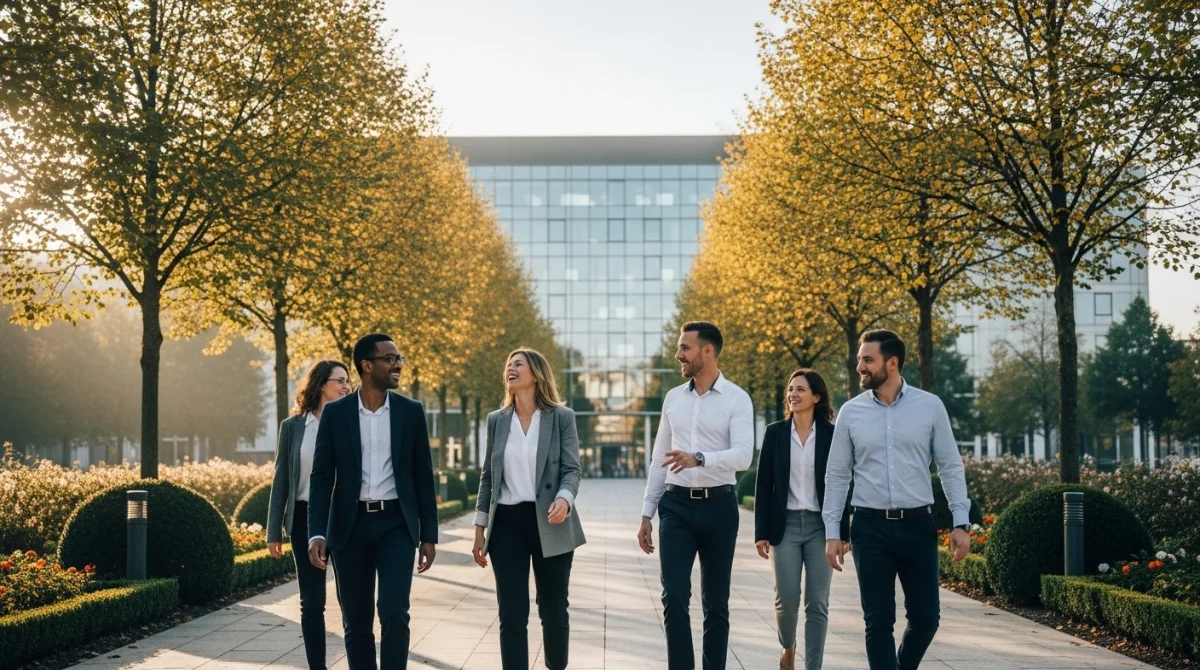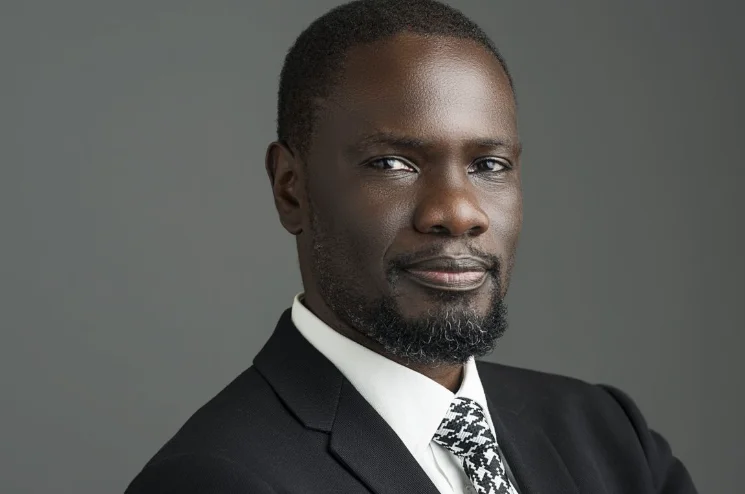Fashion in 2025 is a fascinating blend of art and technology. Designers are embracing innovation to redefine how creativity connects with culture and sustainability. Mariano Iduba, a visionary fashion expert, explores how design evolves in this modern age. His insights reveal how technology and purpose are shaping Fashion Design Trends 2025 for the better.
Who Is Mariano Iduba & Why His Voice Matters
Mariano Iduba is a designer who blends creativity with sustainability and emotion. His collections represent the perfect mix of artistic beauty and digital intelligence. Iduba believes fashion should serve both human needs and the planet’s health. His thoughtful perspective inspires modern designers to create with purpose, ethics, and imagination.
Macro Forces Shaping Fashion Design in 2025

New global forces are reshaping the world of fashion in 2025. Designers are adapting to changing markets, advanced technologies, and rising environmental awareness. Consumers now expect transparency, inclusion, and creativity from the brands they support. Mariano Iduba explains that fashion’s evolution reflects society’s growing desire for conscious design.
Industry Shifts and Consumer Behavior
Fashion consumers are wiser and more thoughtful about how they spend their money. They want clothing that aligns with sustainability, ethics, and self-expression. Iduba notes that personal values now define luxury more than brand reputation. Designers are focusing on storytelling that connects emotionally while supporting responsible manufacturing.
The Role of AI, Generative Design, and Digital Fashion
Artificial intelligence is transforming how designers imagine, create, and market fashion. Iduba uses AI tools to analyze trends and forecast style preferences accurately. Generative design systems help creators test thousands of patterns in digital form. Digital fashion has introduced virtual try-ons and avatars, changing how customers interact with brands.
Material and Textile Innovation
Textile innovation is driving the next revolution in modern fashion design 2025. Smart fabrics now adjust temperature, resist stains, or change color dynamically. Iduba supports lab-grown and biodegradable materials that reduce pollution and textile waste. These innovations are helping fashion become more sustainable, intelligent, and creative at once.
Top 7 Modern Fashion Design Trends for 2025
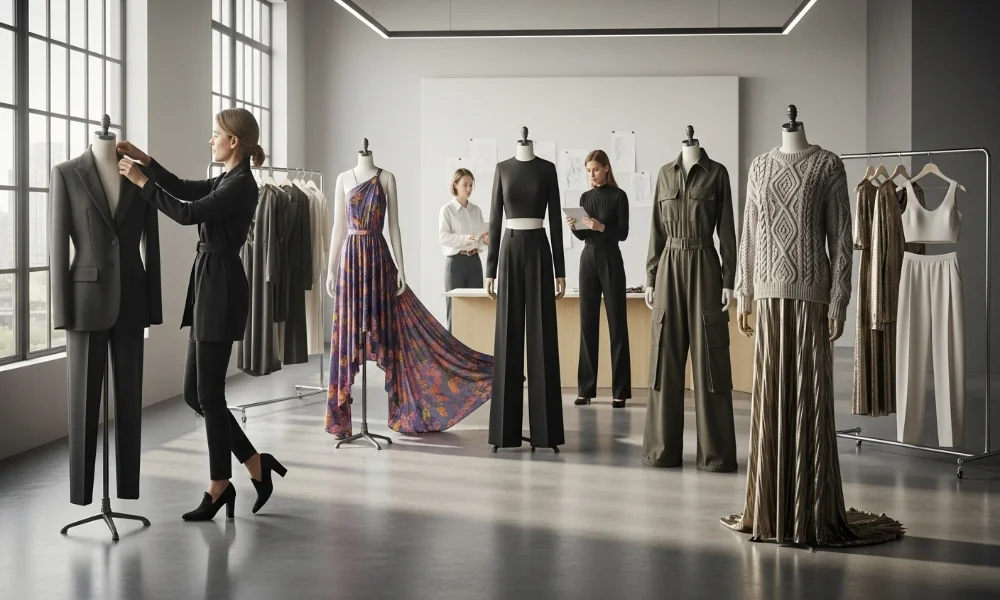
The fashion landscape in 2025 reflects progress, diversity, and technological evolution. Iduba identifies seven trends that merge art, innovation, and sustainability effectively. Each trend highlights how designers can embrace modern tools without losing emotional depth. These movements define what it truly means to create Fashion Design Trends 2025 with purpose.
1. Sustainable and Circular Fashion Design 2025
Sustainability remains the most defining movement in today’s fashion design ecosystem. Iduba believes circular fashion is essential for the planet’s long-term balance. Designers are using recycled fabrics, renewable energy, and zero-waste production models. Circular design encourages creative responsibility and helps fashion move toward an ethical future.
2. AI-Driven and Generative Design in Fashion 2025
Artificial intelligence is now a creative partner for many leading designers worldwide. Iduba uses AI systems to test fabrics, colors, and consumer reactions efficiently. These tools reduce waste while improving design accuracy and speed significantly. AI in fashion helps creators stay innovative without compromising artistic intuition or originality.
3. Smart and Responsive Fabrics (Wearable Technology)
Smart fabrics are redefining what clothing can do beyond traditional function. Some textiles now monitor health, generate heat, or even store energy safely. Iduba views wearable technology as the ultimate bridge between design and science. These fabrics represent the next stage of fashion design innovation 2025 and sustainability combined.
4. Nostalgia Revival and Vintage Influence
The past continues to inspire designers seeking comfort, heritage, and emotional connection. Fashion houses are reviving silhouettes from the 1980s and early 2000s elegantly. Iduba loves combining vintage patterns with modern tailoring for a timeless finish. Nostalgia adds depth and meaning, linking old memories with future creativity beautifully.
5. Genderless and Inclusive Design Trends 2025
Genderless design is transforming how fashion defines beauty, identity, and self-expression. Today, brands are removing gender boundaries and embracing universal body inclusivity.
Designers are creating adaptive clothing that fits every shape comfortably and confidently. For a deeper look at these evolving ideas, explore our guide on Fall 2025 fashion trends and what’s defining style now. Inclusivity in fashion ensures everyone feels represented, valued, and truly seen around the world.
6. Color, Texture, and Print Forecasts
Color trends in 2025 are both futuristic and emotionally expressive in design. Expect earthy tones mixed with metallic accents, creating harmony between nature and tech. Iduba experiments with layered textures that tell meaningful stories through clothing design. Patterns are evolving into narrative tools that connect emotion, environment, and identity.
7. Digital Fashion and Virtual Clothing
Digital fashion is revolutionizing how creativity and technology coexist across industries. Consumers now purchase virtual garments for avatars and social media expression. Iduba experiments with digital clothing to promote sustainable, waste-free design innovation. Virtual fashion allows designers to test ideas creatively before physical production begins.
Regional and Niche Variations: How Trends Manifest Differently
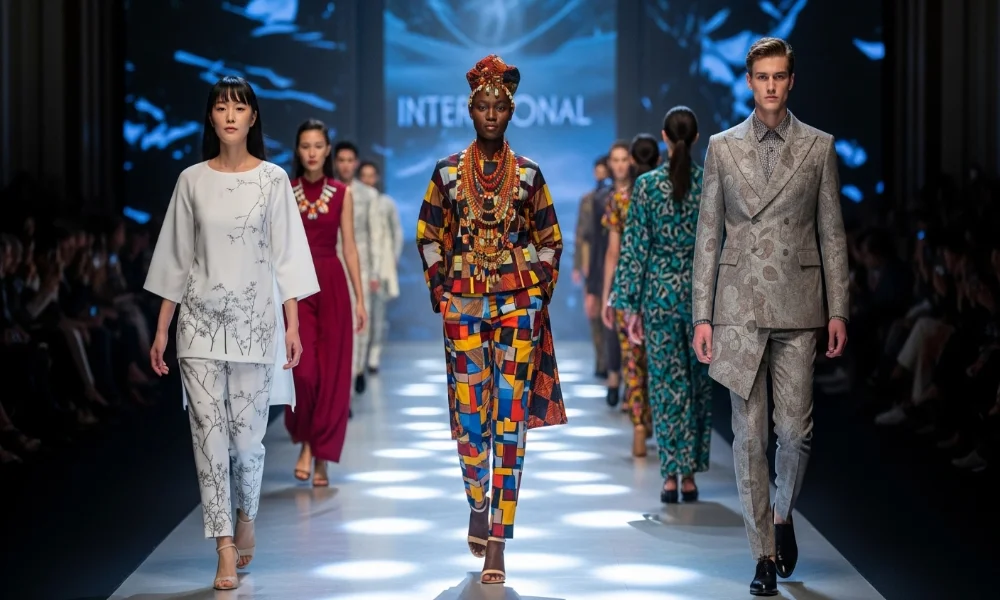
Fashion trends in 2025 appear differently depending on region, culture, and identity. Asian designers mix technology with minimalism, producing futuristic yet wearable creations. African designers celebrate heritage through bold prints and eco-friendly production techniques. Iduba praises this diversity, saying global fashion thrives when every culture’s story is shared equally.
Challenges, Trade-offs, and Risks
Every innovation comes with new challenges for designers and brands to face. Sustainable fabrics are still costly, limiting access for smaller creative labels. AI-based design raises questions about originality and ethical creative ownership. Iduba insists education, transparency, and collaboration are key to overcoming these modern barriers.
Actionable Tips for Designers and Brands
Designers in 2025 must combine creativity, ethics, and innovation to stay relevant. Iduba advises mastering digital tools like AI-driven sketching and 3D modeling platforms. Collaborating with sustainability experts helps brands meet environmental goals without compromise. Designers should create collections that tell genuine stories rather than chase short-lived trends.
Table: Fashion Design Trends 2025 Overview
| Trend | Impact Level | Adoption Difficulty | Example / Focus |
|---|---|---|---|
| Sustainable & Circular Fashion | High | Medium | Recycled textiles and zero-waste production |
| AI-Driven Design | Very High | Medium | Predictive design systems and trend analytics |
| Smart Fabrics | High | High | Responsive materials and wearable technology |
| Vintage Revival | Medium | Low | Retro designs with modern adaptations |
| Genderless Fashion | High | Low | Universal fits and inclusive silhouettes |
| Digital Fashion | Very High | Medium | Virtual garments and digital runways |
| Material Innovation | High | High | Biodegradable and lab-grown textiles |
Conclusion
Mariano Iduba’s view on Fashion Design Trends 2025 captures a world in transformation. Fashion is becoming smarter, greener, and more inclusive than ever before. Designers are no longer just trend followers but visionaries shaping cultural evolution. Iduba’s philosophy reminds us that creativity and responsibility should always walk together. To explore how his insights connect with culture, success, and personal growth, read more in our article on Don Knotts’ journey and net worth — a story that reflects resilience, reinvention, and the timeless power of individuality.
